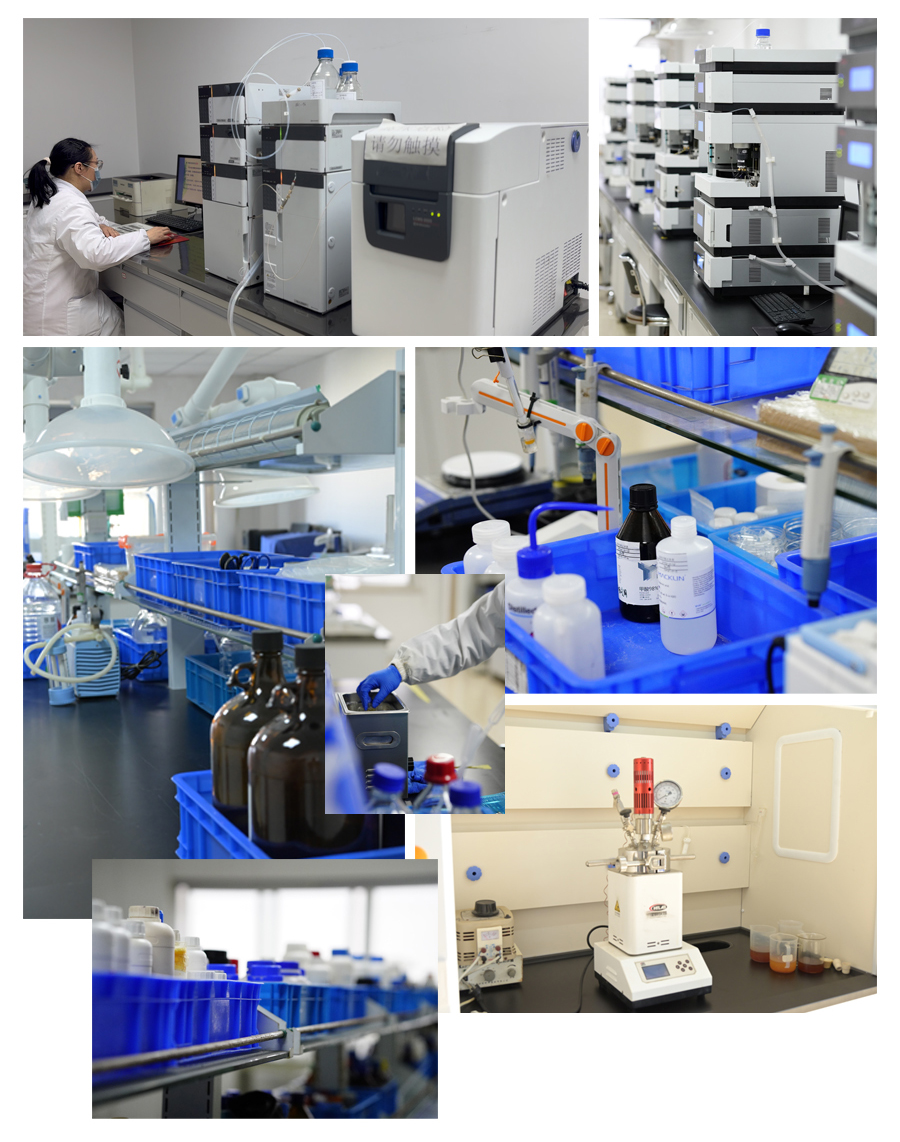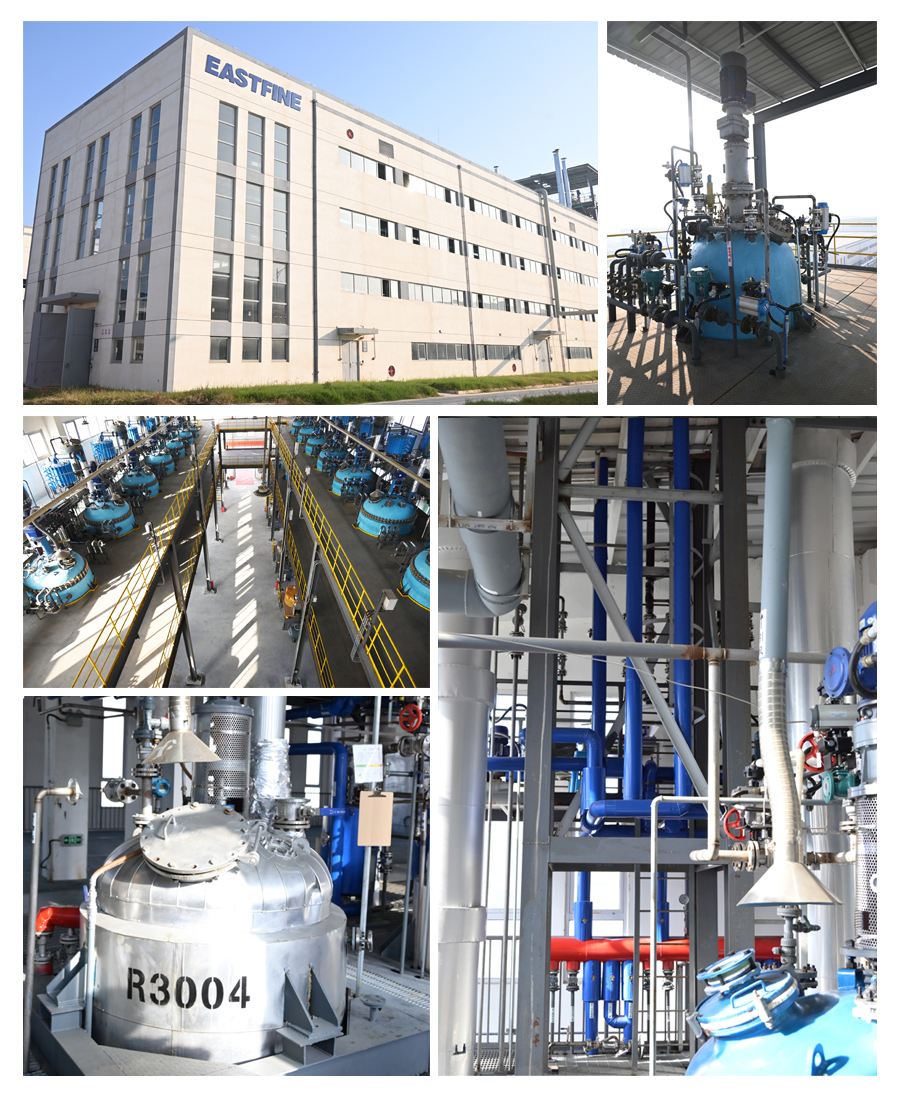Product Description
We are a pharmaceutical intermediate manufacturer of 4-Amino-3-(trifluoromethoxy)benzoic acid.
Its CAS No. is 175278-22-5
Our pharmaceutical intermediates can be used in a variety of APIs.
Product Category | Custom Synthetic Intermediates |
CAS NO | 175278-22-5 |
Product Specifications | Melting point: 168 °C Boiling point: 303.2±42.0 °C(Predicted) Density: 1.528±0.06 g/cm3(Predicted) storage temp.: Keep in dark place,Inert atmosphere,Room temperature |
Office Environment

Laboratory

Workshop/Warehouse

Certificate

4-Amino-3-(trifluoromethoxy)benzoic acid is produced by EASTFINE , and we are in charge of overseas selling . Not just trading compamy .
China,America,Brazil,England,Russia,Poland,India,Pakistan,NewZealand,Korea,Australia,Dubai,Turkey,Indonesia,UAE.
yes , you can have 1 4-Amino-3-(trifluoromethoxy)benzoic acid sample for starting the business , but it is not free
please contact sale team for detail .
4-Amino-3-(trifluoromethoxy)benzoic acid (CAS 175278-22-5) is a fluorinated aromatic compound with the molecular formula C₈H₆F₃NO₃. This white to off-white crystalline powder contains both an amino group and a carboxylic acid functional group on a benzene ring additionally substituted with a trifluoromethoxy group, making it a versatile building block in medicinal chemistry.
The compound typically appears as a crystalline solid with a melting point range of 210-215°C. It has moderate solubility in polar organic solvents like methanol and DMSO, but limited solubility in water and non-polar solvents. The molecular weight is 221.13 g/mol, and it demonstrates characteristic UV absorption around 260-280 nm.
For optimal stability, store in tightly sealed containers protected from light and moisture at room temperature. While the compound is relatively stable, prolonged exposure to air may lead to gradual discoloration. For long-term storage, consider using desiccants and maintaining an inert atmosphere.
This bifunctional compound serves as a valuable intermediate in pharmaceutical development, particularly for creating active ingredients with improved metabolic stability. The amino group enables amide bond formation or diazotization reactions, while the carboxylic acid allows for esterification or coupling reactions. It's especially useful in designing kinase inhibitors and CNS-targeting drugs.
The compound may cause mild irritation to skin, eyes, and respiratory system. Standard laboratory PPE including gloves and safety goggles is recommended when handling. While not highly toxic, avoid inhalation of dust and direct contact. In case of exposure, flush affected areas with water and consult safety data sheets for specific first aid measures.
Quality control involves multiple analytical techniques including HPLC (typically showing ≥97% purity), melting point determination, and spectroscopic methods. FTIR confirms the presence of both carboxylic acid (1700 cm⁻⊃1;) and amino groups, while ⊃1;H and ⊃1;⁹F NMR provide structural verification. Elemental analysis may also be performed for comprehensive characterization.
The simultaneous presence of electron-donating (amino) and electron-withdrawing (trifluoromethoxy and carboxyl) groups creates interesting electronic properties. This combination allows for selective functionalization at different positions and enhances the compound's utility in designing bioactive molecules with tailored physicochemical properties.
The compound is available through specialty chemical suppliers in quantities ranging from milligrams for initial research to kilograms for scale-up studies. Many suppliers offer custom synthesis services and can provide additional technical data including chromatograms and spectral characterization upon request.